
Works of this type were intended for home. The depicted person constantly creates a prayer in front of the Virgin Mary even if the diptych is folded and put into a case. This reflects the piety of the person being portrayed even in his absence. The high delicacy of the image of the Mother of God is finely calculated in this work. A young man is on his knees right in front of the Madonna, who sits gracefully in front of the window, and not in the heavenly palace high above the bustling world. She is in a bright room in his own home with stained glass windows.
The viewer also has the opportunity to worship her in front of the picture; behind Mary in the convex mirror two dark figures are reflected. A red cape and a blue velvet dress shimmer in soft colors; against their background, the naked baby Jesus sits on an embroidered gold and green brocade silk cushion over a Turkish rug. The concept of space in the work is one of the most carefully designed Memling in the portrait genre. What we see behind the frames from our own world is complemented by the reflection in the mirror behind Mary. Therefore, we not only imagine what the depicted space looks like, but also understand the relative position of the figures in the picture.
The frames are conceived as two front windows of a small square room, in which there are two more windows: on the side and behind. Left – a blank wall. Her, as well as wooden ceiling beams can be seen in the mirror. Both the Virgin Mary and Martin are each in front of their window. Virgin Mary is sitting on the bench. To her left is a chair with an open book on a blue cushion. The mirror here serves even more the purpose of disclosing the space, than on van Eyck’s Arnolfini’s marriage portrait. The coat of arms and the motto of Martin van Neuvenhof are included in the glass of a stained glass window.
The artist also depicted four medallions in which he encoded the customer’s last name: a hand that sows a seed over a garden with flowers. On the medallions to the right of the Virgin Mary are Saints George and Christopher; it is likely that the choice of these saints is due to the personal desire of the customer. The figures seem voluminous; This volume is emphasized by the play of chiaroscuro, resulting from small strokes of brown and white paint over flesh-like paint on enamel. The contours of wrinkles, fingertips and eyelashes are highlighted in dark neutral shades. They range from brown to black, often with a thin white line at the edges to accentuate the relief. Hair, eyes and lips were the last thing to do with a minimum amount of paint applied by a very fine brush.
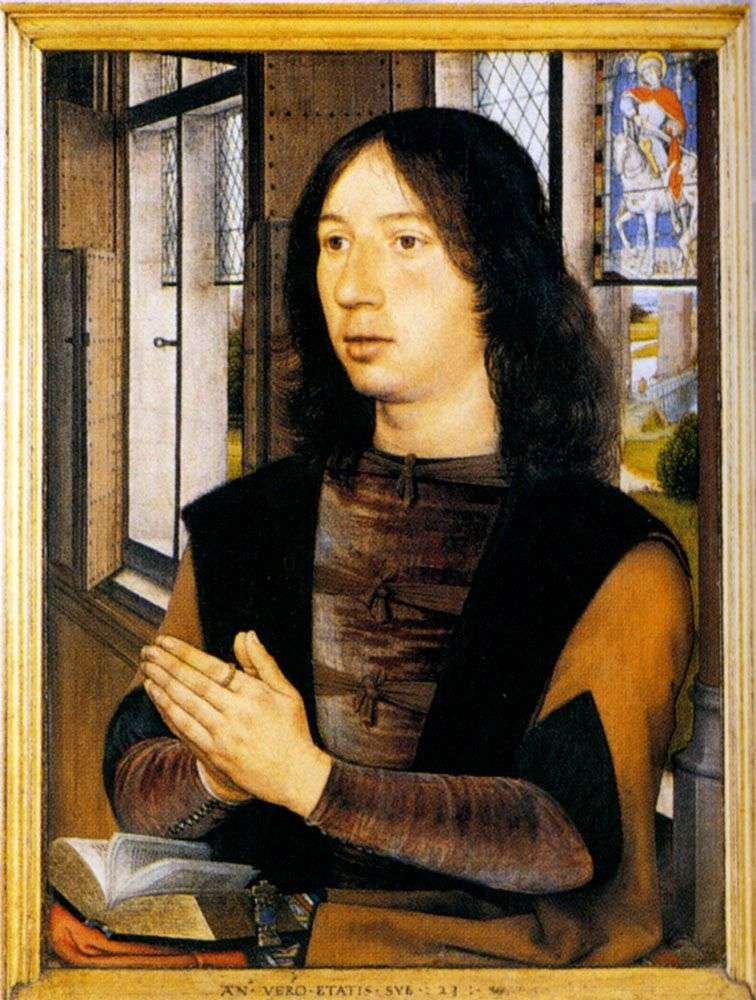 Diptych. Martin van Nyuvenhof. The right half is Hans Memling
Diptych. Martin van Nyuvenhof. The right half is Hans Memling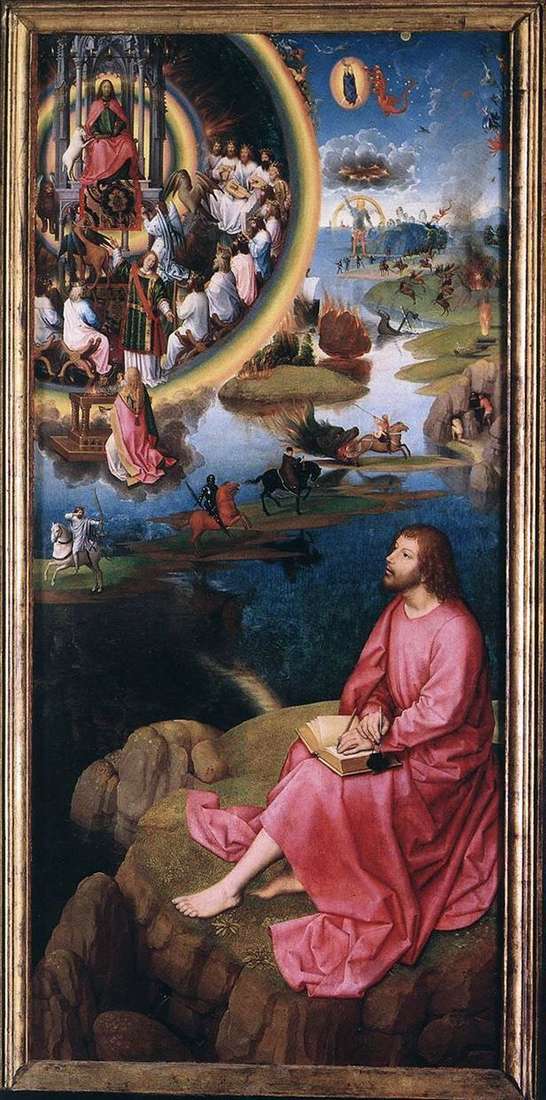 The altar of the two john. Right wing by Hans Memling
The altar of the two john. Right wing by Hans Memling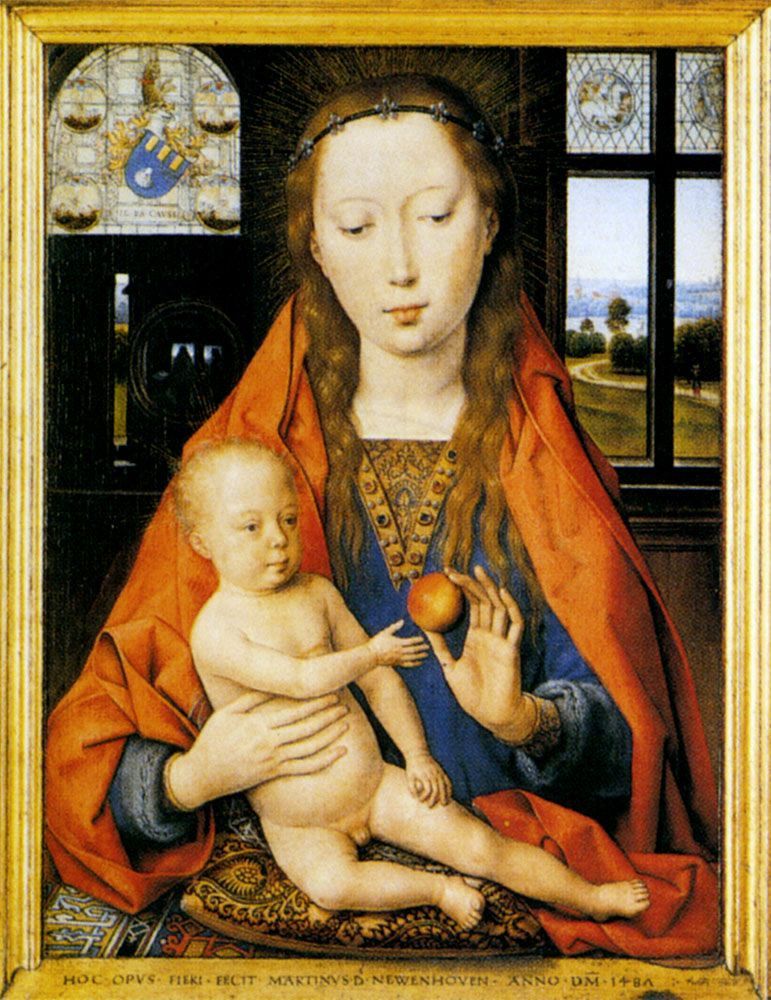 Diptyque. Martin van Nyuvenhof. Moitié gauche – Hans Memling
Diptyque. Martin van Nyuvenhof. Moitié gauche – Hans Memling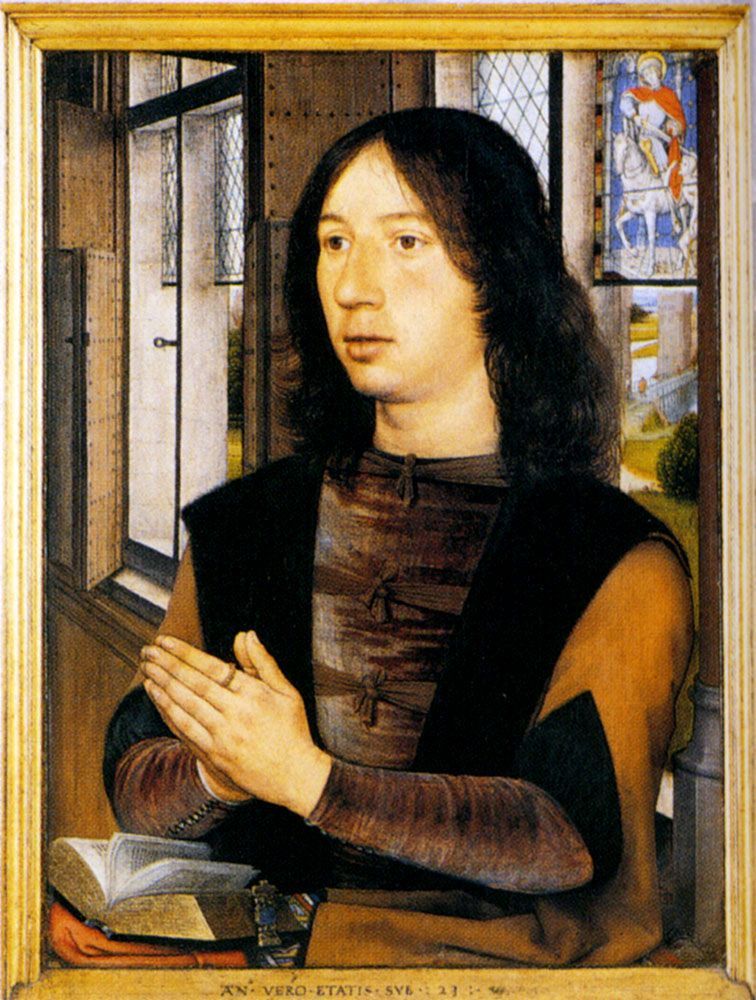 Diptyque. Martin van Nyuvenhof. Moitié droite – Hans Memling
Diptyque. Martin van Nyuvenhof. Moitié droite – Hans Memling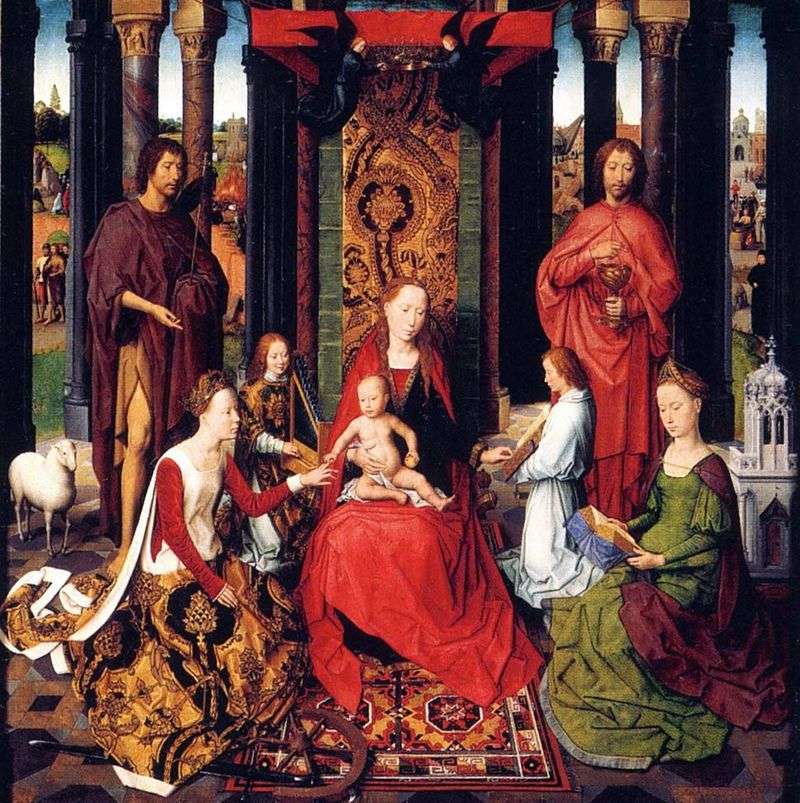 Altar of the Two Johannes by Hans Memling
Altar of the Two Johannes by Hans Memling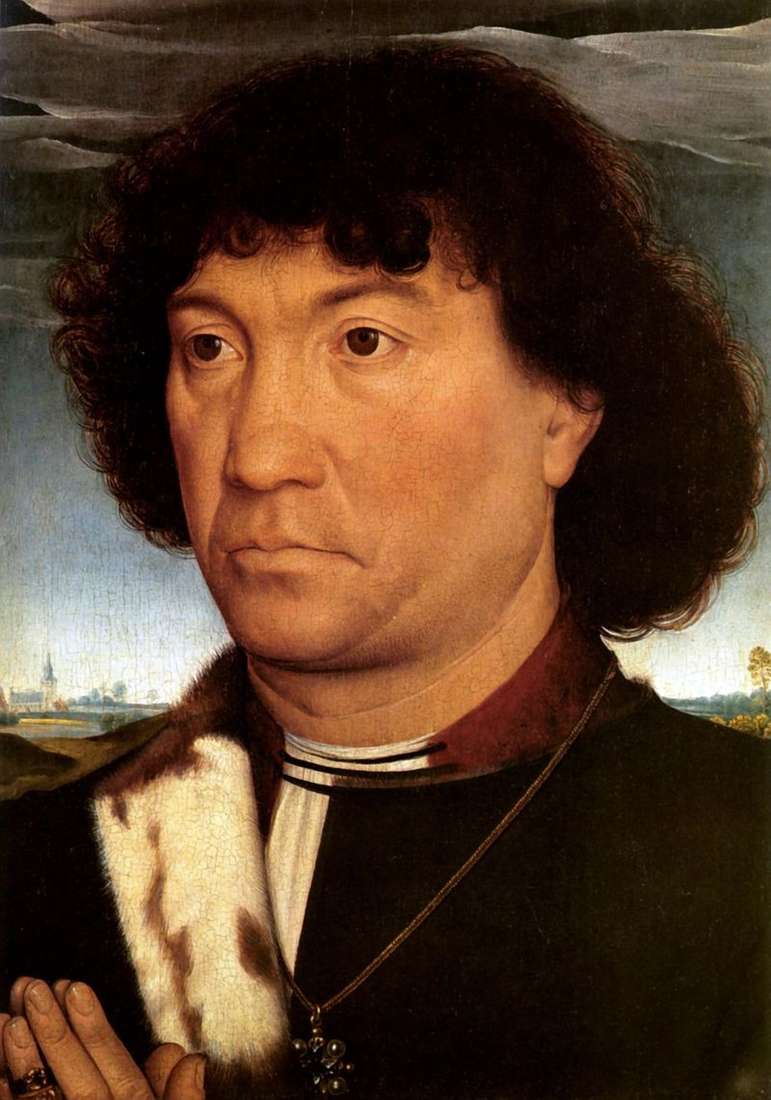 Man portrait by Hans Memling
Man portrait by Hans Memling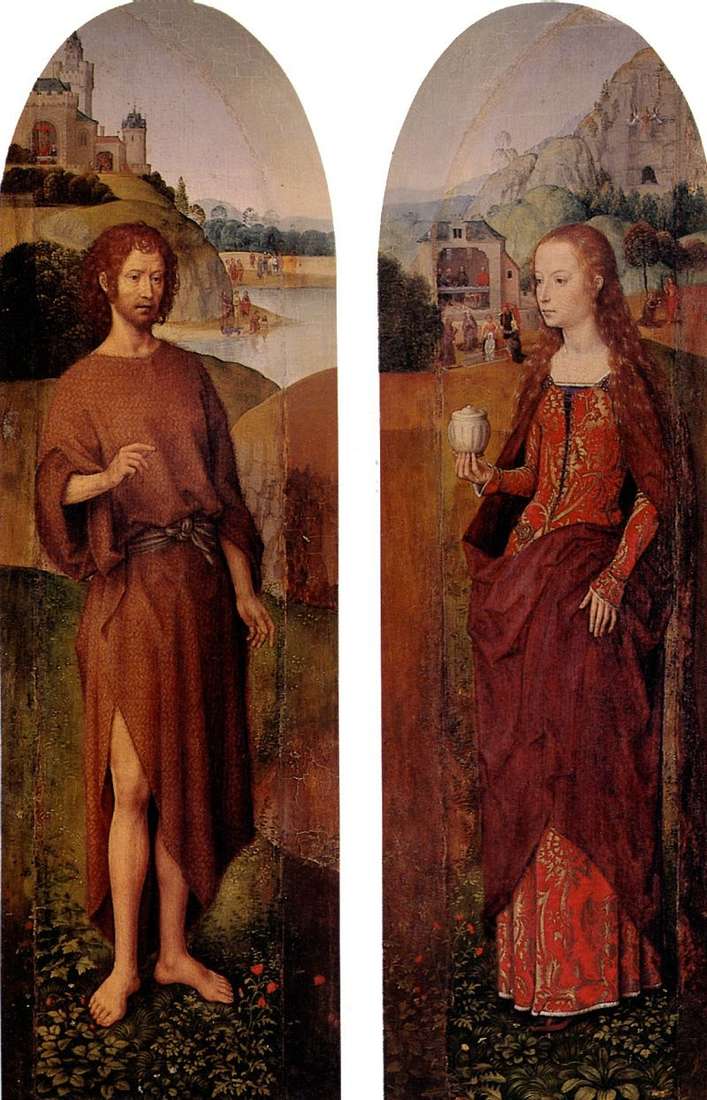 St. John the Baptist and St. Mary Magdalene. Triptych Side Sash by Hans Memling
St. John the Baptist and St. Mary Magdalene. Triptych Side Sash by Hans Memling Last Judgment. Central triptych door by Hans Memling
Last Judgment. Central triptych door by Hans Memling